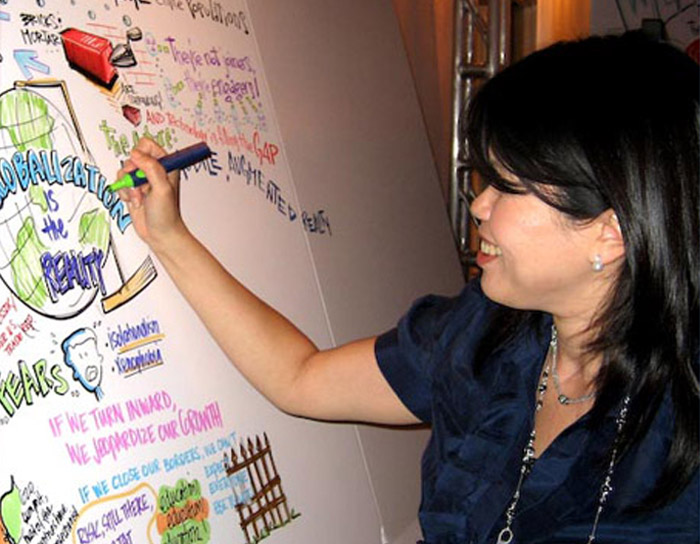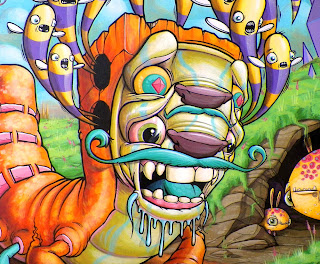

Metal cutting commonly heats material above this level. Both tests are performed by scribing the coating to the substrate with a sharp knife blade. If heated above 250 degrees Celsius it will give off toxic Cyanogen gas. This report benchmarks the methodology the Tank Automotive and Armaments Command is using on select programs to define and quantify the. It is used to stain or paint a metal object with a very thin layer of dye that can be scratched off using a. A solution of copper sulfate, distilled water, and a few drops of sulfuric acid can be used on machined surfaces. The ability of a coating to withstand severe duty is a complex function dependent upon the substrate, coating chemistry, pretreatment and application variability. Marking blue or layout stain (sometimes called Dykem after trademark erosion of a popular brand, or Prussian blue after the blue pigment) is a dye used in metalworking to aid in marking out rough parts for further machining.
PAINT SCRIBE DEFINITION PROFESSIONAL
On rough structures, such as castings or forgings, whitewash or a mixture of chalk and water can be used. Scribe definition, a person who serves as a professional copyist, especially one who made copies of manuscripts before the invention of printing. Alternatives Ī felt tip marker can be used as they are convenient and tend not to dry up as quickly. Epoxy coatings are commonly used in oilfield, off-shore, and petrochemical facility applications and are. Composed of either organic or inorganic materials, high-temperature coating types are commonly epoxy, epoxy phenolic, epoxy novolac, silicone, or a more specialized multi-polymeric matrix.

Marking blue is made by mixing methylated spirits with shellac and gentian violet. High Temperature Coating Types and Characteristics. Dykem, layout fluid dries and is mostly used to provide bright lines when using a scribe to mark hard surfaces or point of contact between two surfaces. Prussian blue is transferred to the surface. Prussian blue is non drying and used to mark place of pressure contact between two surfaces. Prussian blue and Dykem or layout fluid are not the same.

The advantages are that any existing scratches are covered with the dye and the new lines have a contrasting background. It is used to stain or paint a metal object with a very thin layer of dye that can be scratched off using a scriber or other sharp instrument to reveal a bright, yet very narrow line in the metal underneath. Marking blue or layout stain (sometimes called Dykem after trademark erosion of a popular brand, or Prussian blue after the blue pigment) is a dye used in metalworking to aid in marking out rough parts for further machining.


 0 kommentar(er)
0 kommentar(er)
